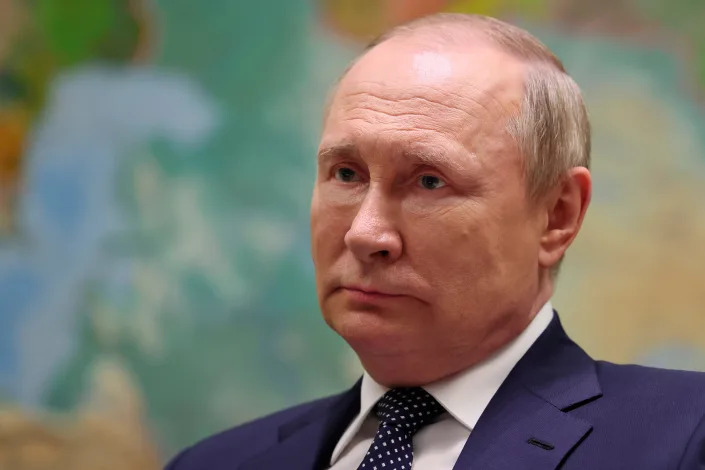Japan toughens defamation penalties after wrestler's suicide


MARI YAMAGUCHI
Sun, June 12, 2022
TOKYO (AP) — Japan’s parliament approved tougher penalties for criminal defamation Monday in a move prompted by a bullied wrestler's suicide and that is raising free speech concerns.
Parliamentary deliberations on toughening the defamation law began in January after Hana Kimura took her own life at 22.
Kimura faced bullying and insults on social media in 2020 after appearing on “Terrace House,” a hugely popular reality show on Japan's Fuji TV and Netflix, about three men and three women temporarily living together at a shared house in Tokyo.
She became a target of hateful and vicious messages on social media after she was criticized for her performance in one of the episodes. Before her suicide, she tweeted that she received about a hundred hateful messages every day and she was hurt by them.
Her death triggered a wave of discussion about anonymous bullying and hateful messages. Fuji TV canceled the rest of the planned production of the show and said the decision was to respond “sincerely” to the case.
At least two people were convicted of defaming Kimura, but their court-ordered penalty — a 9,000 yen ($66) fine — triggered outrage from people who said the penalty was too light.
Kimura’s mother, Kyoko, also a famous professional wrestler, was a driving force behind the legal change. She testified to parliament in April and said she has continuously faced insults and accusations of using her daughter’s name to make money.
The amended law will be formally enacted later this year. It will add a prison term of one year with an option of forced labor, and fines of up to 300,000 yen ($2,220) to convicted violators — a change from only short-term detention and fines of less than 10,000 yen ($74) in the current law.
The legislation was approved by the upper house on Monday after earlier passing in the lower house, the more powerful of Japan’s two-chamber parliament. Due to the free speech concerns, the law is scheduled to be reviewed by outside experts in three years.
















